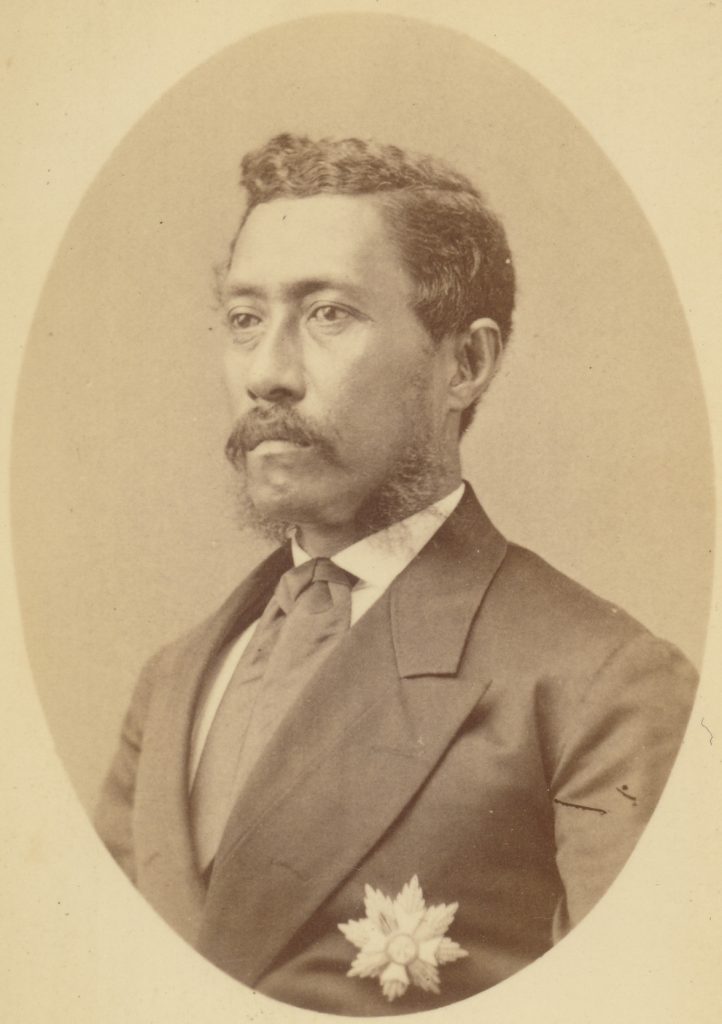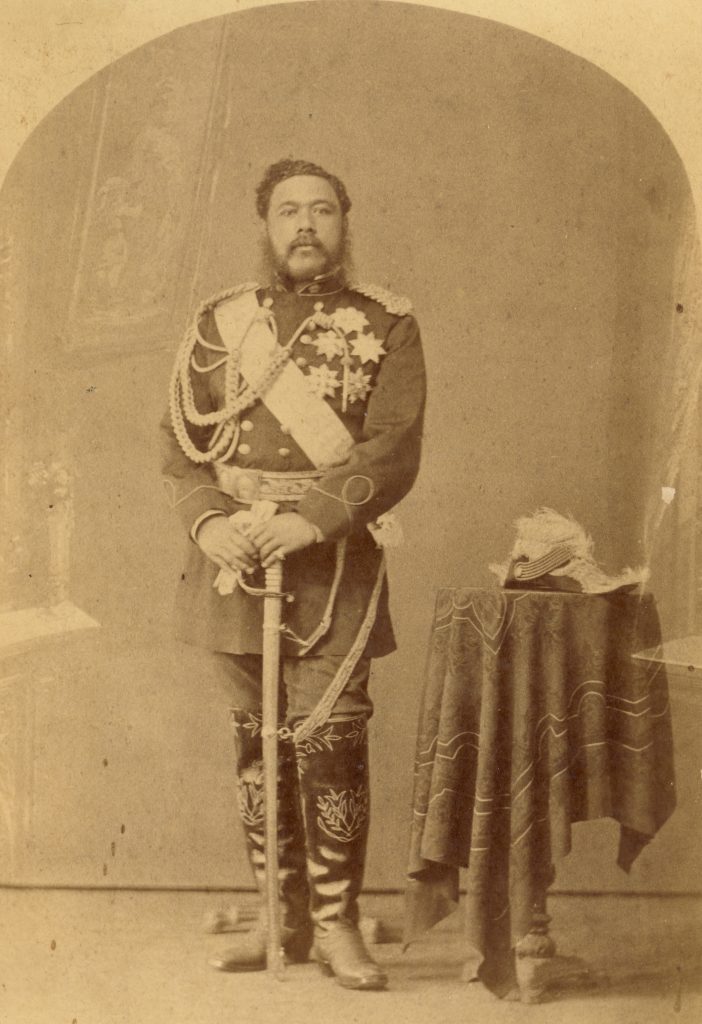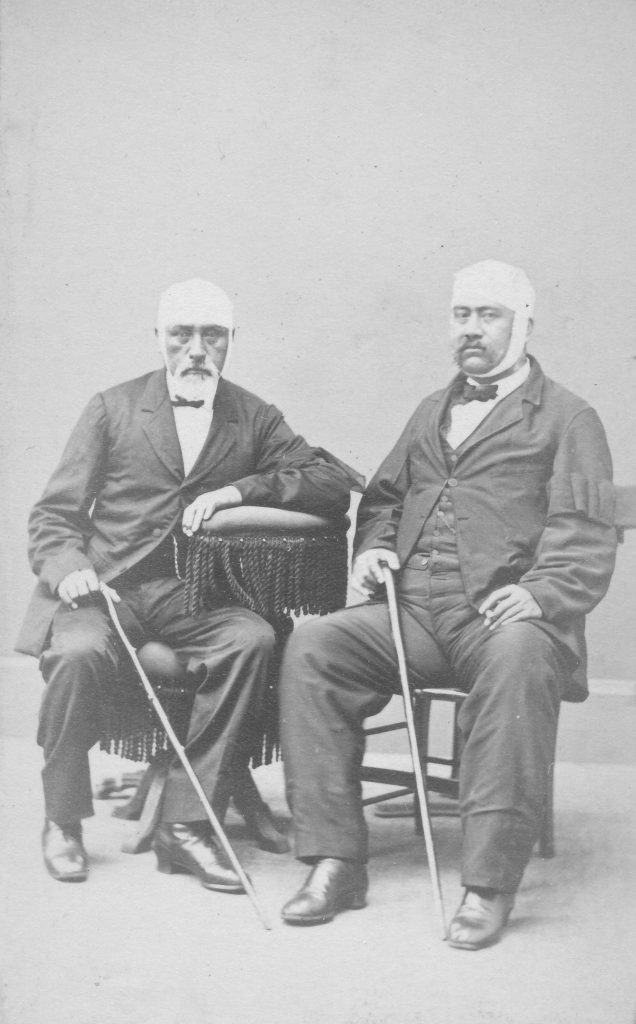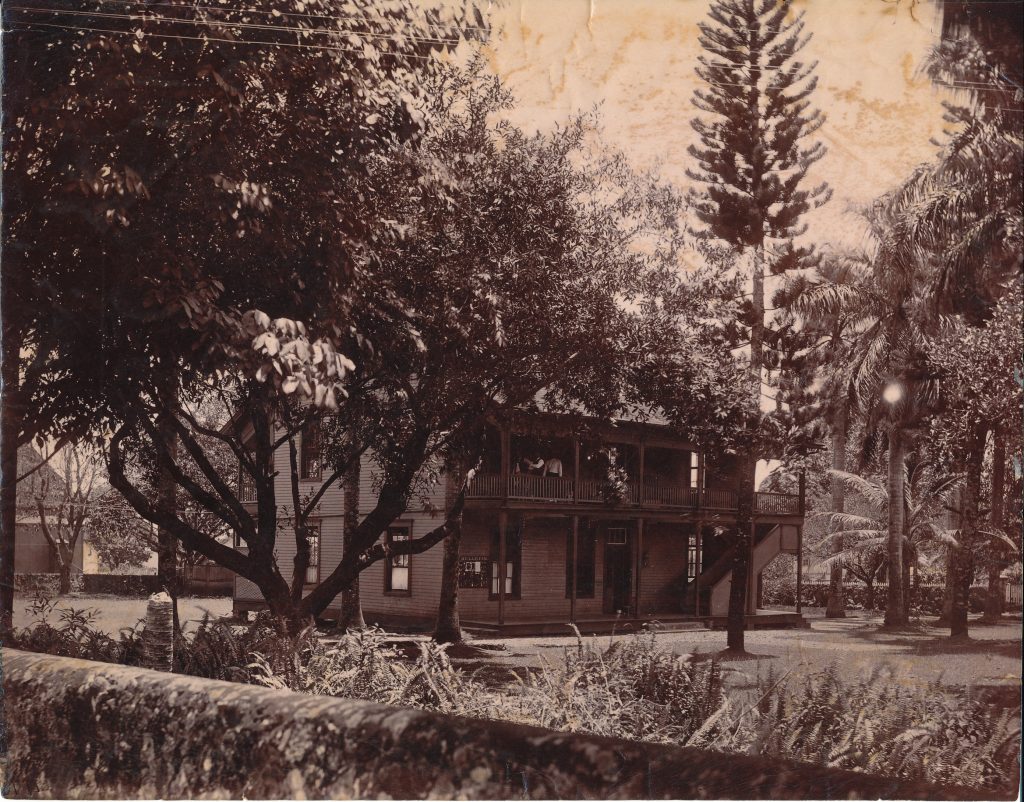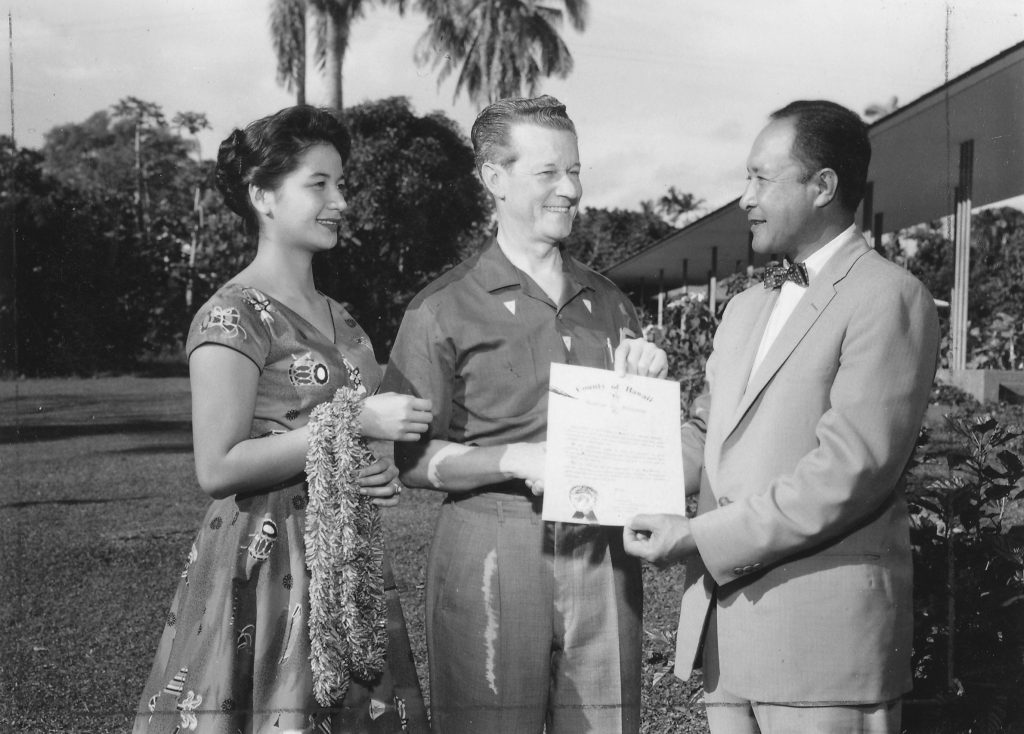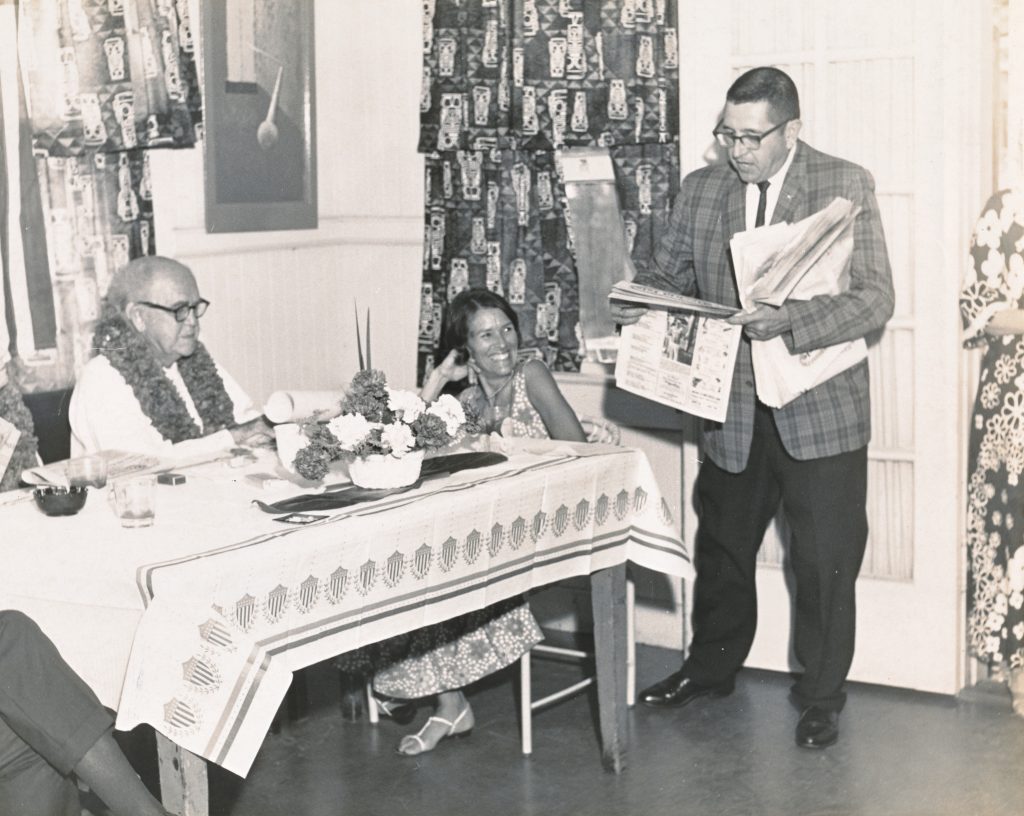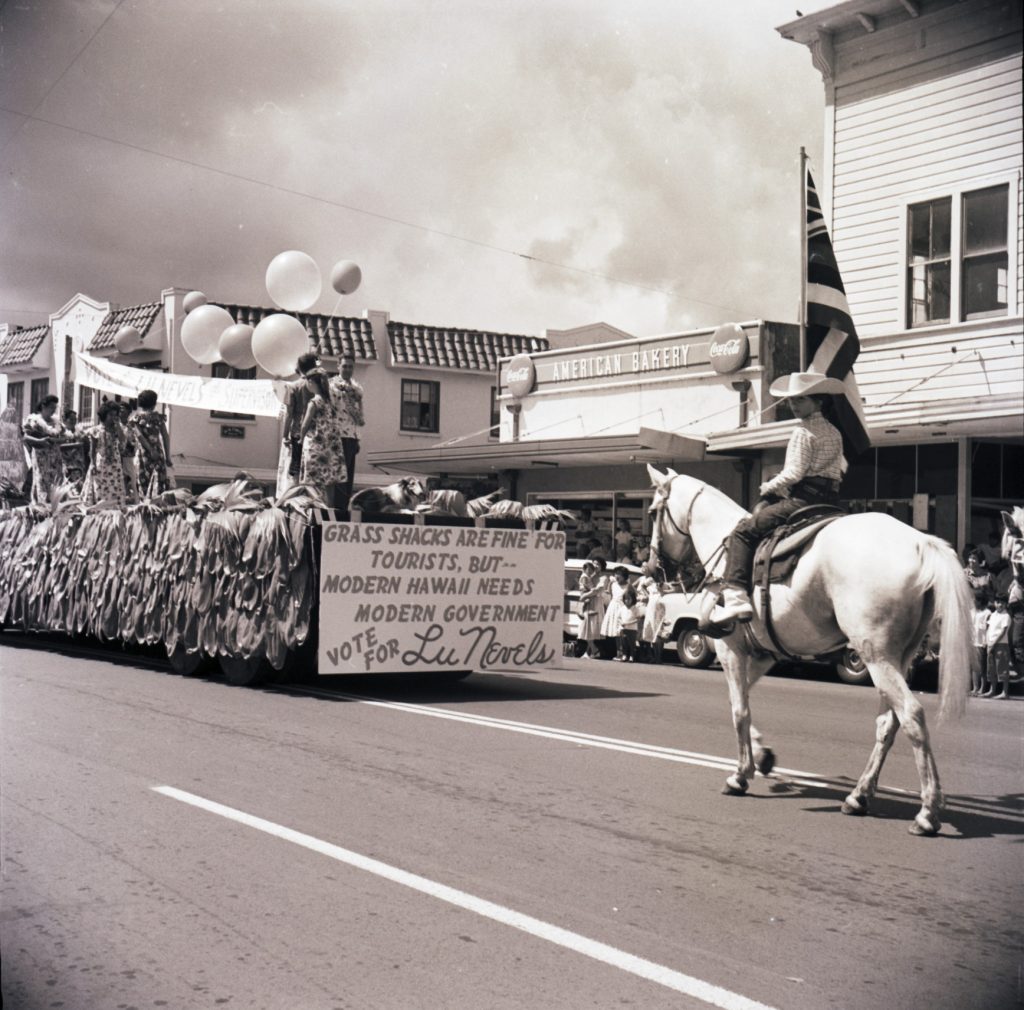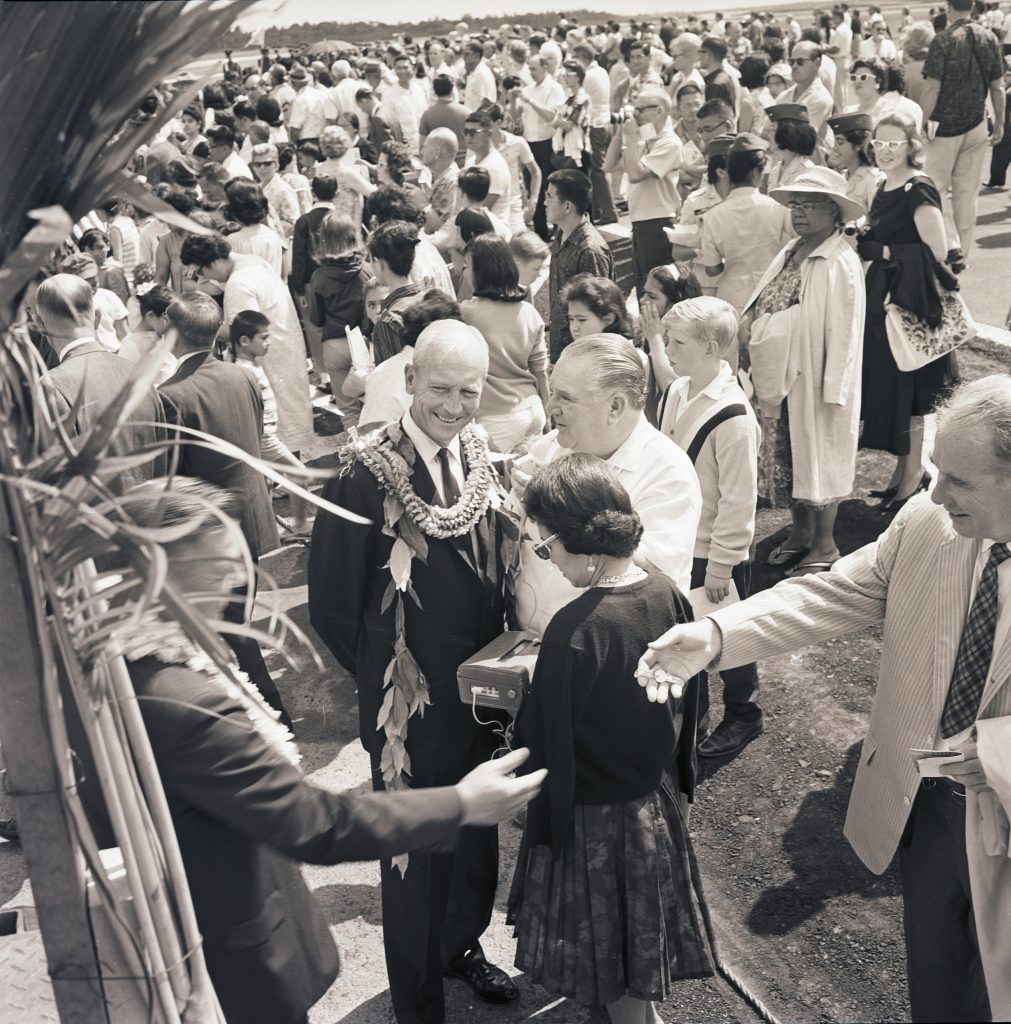Elections, the selection of persons for office or the decision on an issue, is recent in Hawaiʻi history. Voting confirms the public’s concerns and interests. This exhibit highlights Hawaiʻi elections from 1873 to 1962.
During the Kingdom Era the first and only direct election to choose the ruling Mōʻī (King) took place in 1873. Prior to this the ruling monarch inherited the position. The United States, through a joint resolution of Congress in 1898, passed the Newlands Resolution annexing Hawaiʻi. In 1900, the U.S. Congress approved the Organic Act establishing the Territory of Hawaiʻi. President William McKinley signed it into law. Elections by residents then took place on a regular basis. The people elected individuals to local offices and delegates to Congress, including Prince Jonah Kūhiō Kalaniana‘ole. On August 21, 1959, after a popular vote of residents, Hawaiʻi became the 50th State of the U.S.
The Lyman Museum preserves a photograph collection of more than 38,000 catalogued images documenting a variety of topics including politics. To learn more, the Archives is open for research by appointment: https://lymanmuseum.org/archives/.
Note: Hawaiian diacritical marks comprise just two symbols: the ʻokina (glottal stop) and the kahakō (macron). We use them with Hawaiian place names, but do not add them to proper names if a family or a company does not use them.
